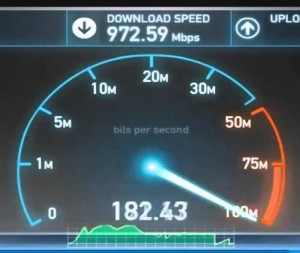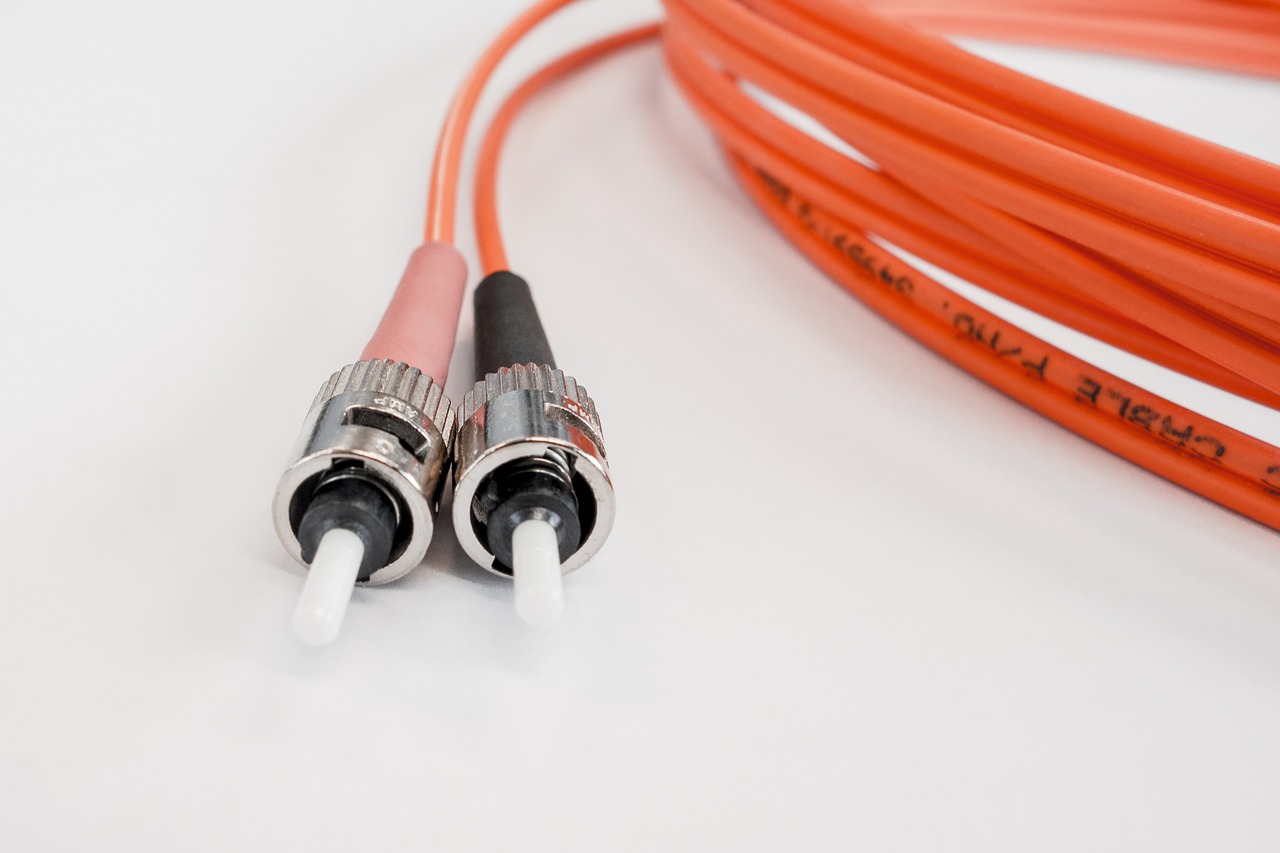Ultra-fast fibre optic connections straight to homes have been delivered to a lucky few and promised to many more for years now. However, thanks to new hardware designed and tested by researchers from the University College London, the costs of properly rolling out true fibre-to-the-home (FTTH) broadband technology could be dramatically reduced using their innovative new technology.
While major advances have been made in core optical fibre networks, often they stop at boxes back at the ISP exchanges, far from the consumers. This ‘last mile’, finally connecting households to the Internet via these boxes, is still almost always done via copper cables. The problem being cited for this is that the optical receivers needed to read fibre-optic signals is too pricey for one to be put in every home.
Dr Sezer Erkilinc, of UCL’s Electronic & Electrical Engineering department, answers this problem by saying “We have designed a simplified optical receiver that could be mass-produced cheaply while maintaining the quality of the optical signal.”

He goes on to explain “The average data transmission rates of copper cables connecting homes today are about 300 Mb/s and will soon become a major bottleneck in keeping up with data demands, which will likely reach about 5-10 Gb/s by 2025. Our technology can support speeds up to 10 Gb/s, making it truly futureproof.”
The UCL researchers design of the optical receiver is simplified, to improve sensitivity and network reach compared with existing technology. As major factors limiting the use of FTTH is the cost of laying optical fibre cables to each household, as well as providing affordable optical receivers to connect homes to the network. The coherent optical receivers currently used in core networks are highly sensitive and very complex, which makes them expensive to manufacture. So, when it’s commercialised, replacing those coherent receivers with UCL’s new design will lower the cost of installing and maintaining at least one of the active components of FTTH.
And that can’t happen too soon, according to Academic and industry experts. Along with policy makers, these experts agree that FTTH is the most futureproof solution to meet the fast and exponentially growing demand for bandwidth. Yet even in countries leading the way in implementing FTTH technology such as Japan, South Korea and Hong Kong, fewer than 50% of connections use FTTH. In the UK, that figure is less than 1%.
The new optical receiver design manages to retain many of the advantages of the conventional optical receivers currently used in core networks, but is smaller and contains around 80% fewer components, therefore dramatically lowering the cost of manufacture and installation.
The teams are now investigating the laser stability of the receiver, which is an important step to building a commercial prototype of the system.

